Dhaka, July 15 (V7N) – Today marks one year since a dark yet pivotal chapter in Bangladesh’s recent political history: the brutal crackdown on student protesters that transformed a campus-centered outcry into a nationwide movement.
On July 15, 2024, thousands of students from institutions including Dhaka University, the capital’s seven colleges, and Dhaka Medical College gathered in protest near the Raju Memorial Sculpture, still seething with rage over the previous day’s slander and repression. The term “Rajakar” used against them by ruling party affiliates had ignited outrage, especially among youth demanding reform and justice.
Chaos Erupts on Dhaka University Campus
At noon, tension escalated quickly following reports of arrests near Bijoy Ekattor Hall. What began as a peaceful demonstration turned into violent clashes as Bangladesh Chhatra League (BCL) and Jubo League members launched armed attacks on students, who responded with bricks and stones.
The violence lasted about 40 minutes, during which over 400 students, including many women, were injured. Eyewitnesses reported BCL activists wielding helmets, sticks, and rods as they moved through the campus, asserting control and assaulting anyone they suspected of protest involvement.
After 4 PM, the university’s open spaces—once platforms for free thought—were overtaken by fear and organized aggression. Armed cadres roamed key locations, including TSC, Shahbagh, and Curzon Hall.
Private University Students Join the Movement
That same day, the protest wave spread beyond public campuses. For the first time, students from private universities—North South University, AIUB, and UIU—joined the movement. By 12 PM, they blocked key roads including Pragati Sarani, Badda, and Kuril, amplifying the movement’s visibility and reach.
Nationwide Suppression and Escalation
Reports of violence surfaced from across the country. Clashes erupted at Chittagong University, Jahangirnagar University, Khulna University, and institutions in Rajshahi, Sylhet, and Rangpur. In Chittagong, the unrest spread as far as Sholoshahar, while students at Jahangirnagar faced batons and detentions.
The government’s response, rather than conciliatory, was marked by hostile and provocative statements from several ministers. Their dismissive rhetoric and vilification of the student protesters as "anarchists" and "foreign agents" only fueled further anger and strengthened public solidarity with the youth.
Violence Reaches Hospitals
Even the injured were not spared. In the evening, Chhatra League members reportedly stormed Dhaka Medical College Hospital, where many wounded protesters were being treated, and launched further assaults. The brazen attack inside a hospital sparked outrage nationwide.
As night fell, police finally deployed on the campus in a delayed effort to restore order. The Vice-Chancellor of Dhaka University convened an emergency meeting with hall provosts, though students criticized the university administration for its perceived complicity and inaction.
One Year Later: A Day Etched in Memory
July 15, 2024, is now remembered as the day the student movement evolved into a mass uprising, cutting across social, geographic, and educational divides. What began as a quota reform movement had by then become a broader struggle for justice, dignity, and democratic rights.
Many believe that the state’s violent crackdown that day unified a generation, laying the groundwork for continued protests, civic engagement, and a reshaped political consciousness.
“We did not just bleed; we awakened,” a student leader wrote in a social media post commemorating the day. “This date is not just a memory—it is a warning, a lesson, and a promise.”
Today, as citizens and students light candles and hold silent marches in Dhaka and across the country, July 15 stands as a powerful reminder that the voice of youth, though battered, cannot be silenced.
END/RH/AJ



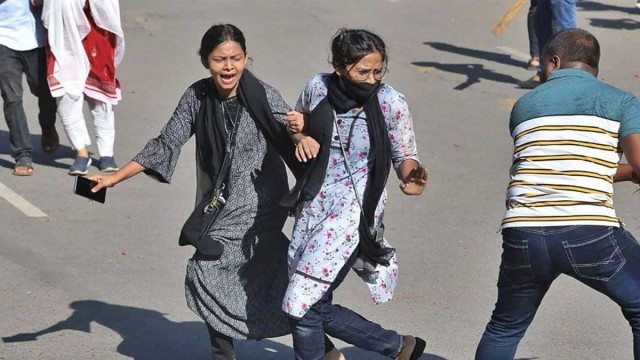
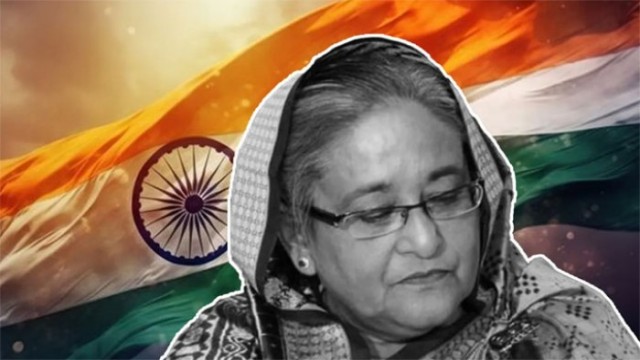
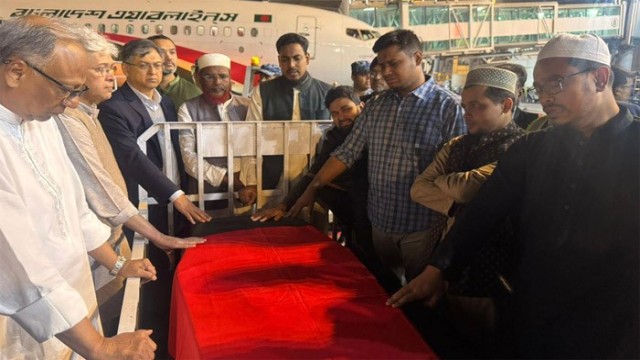
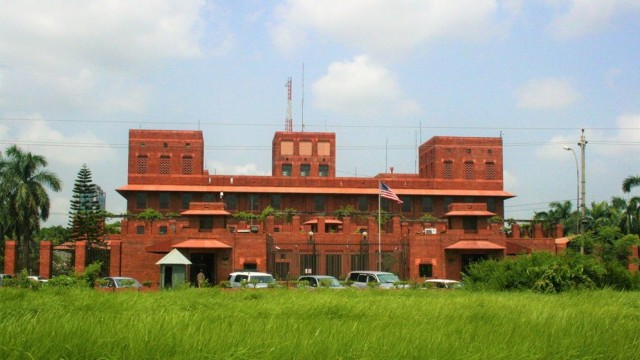
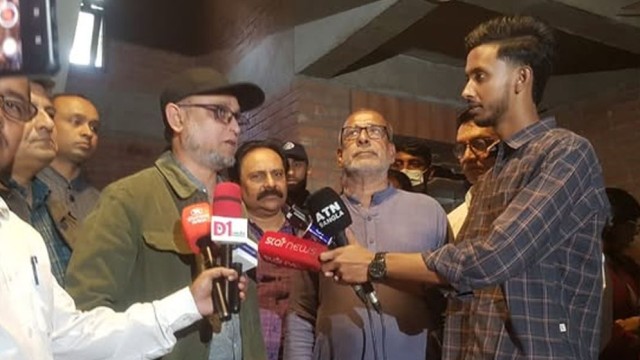
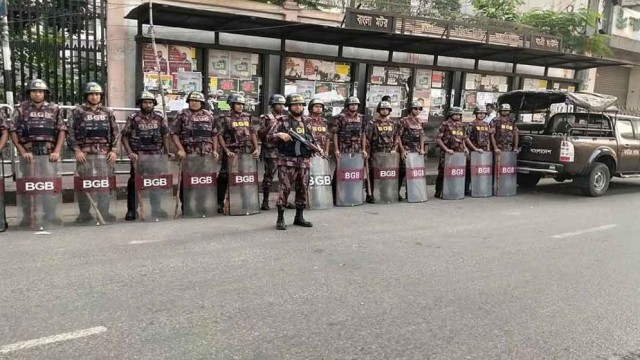
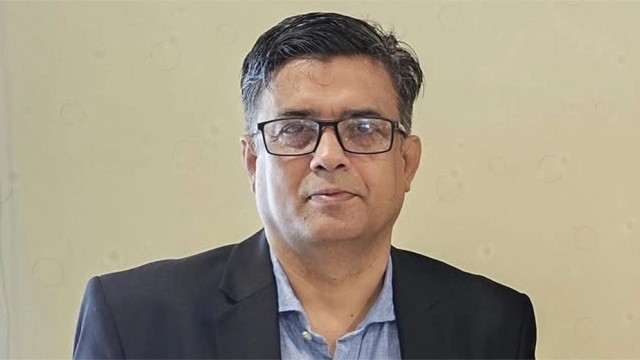
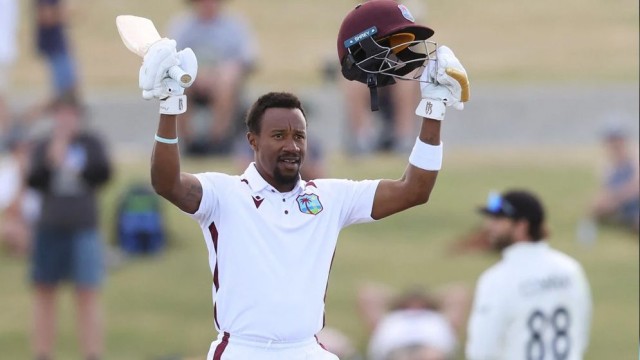
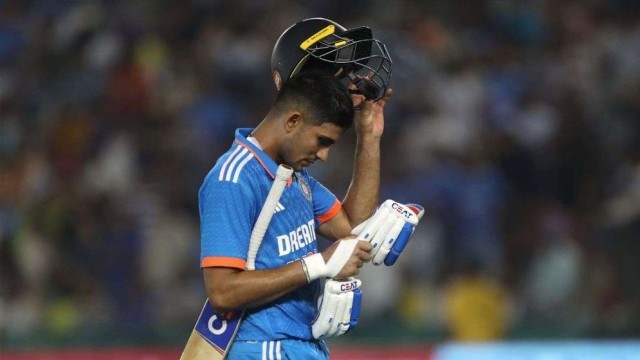
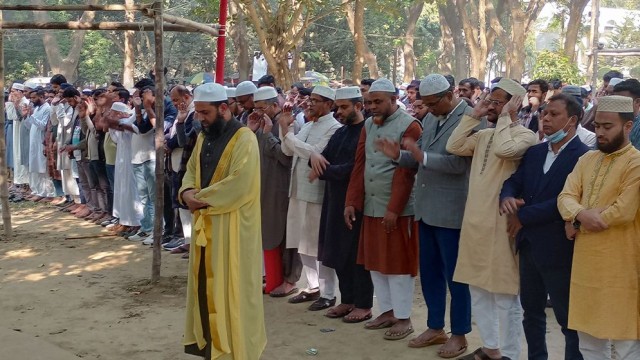
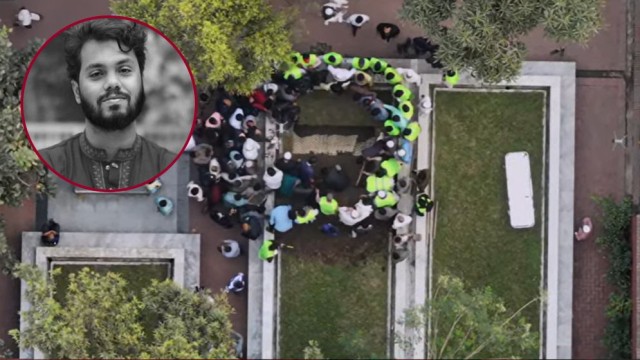
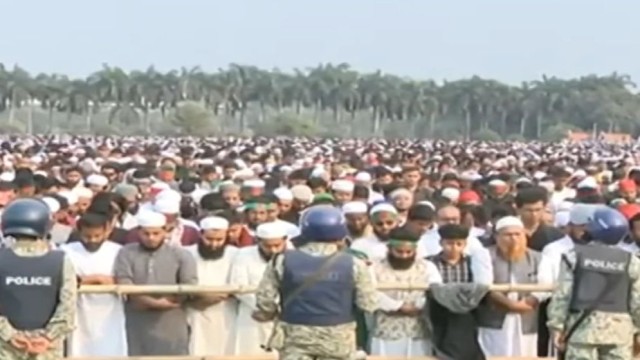
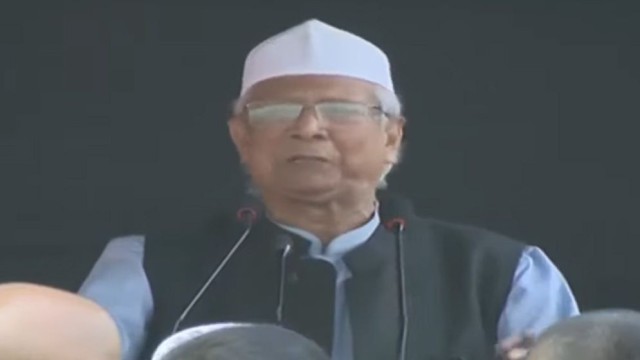
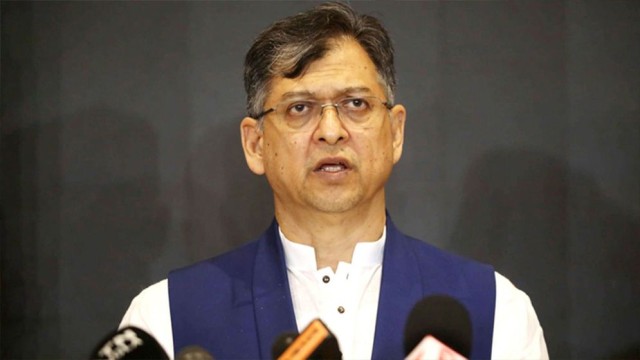
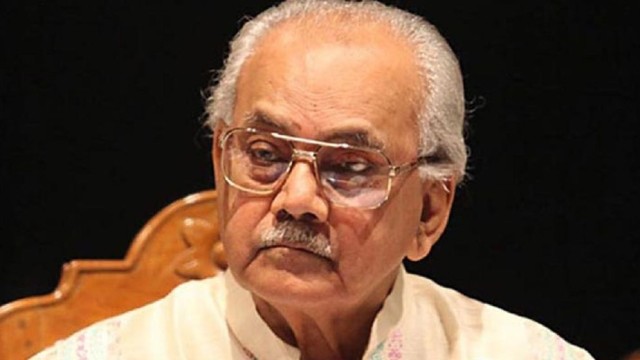
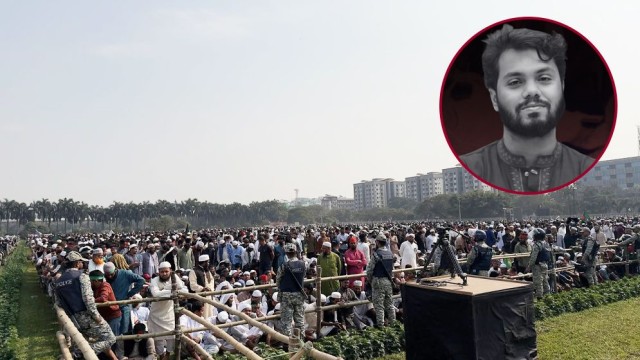
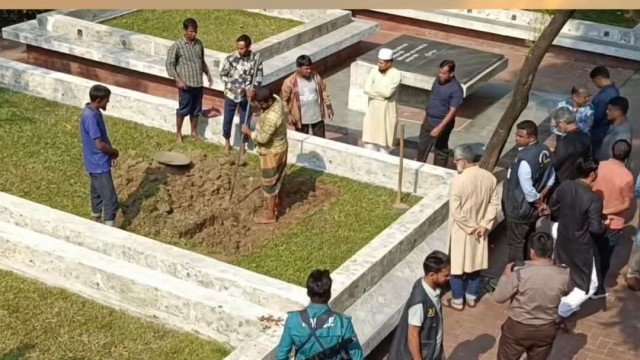

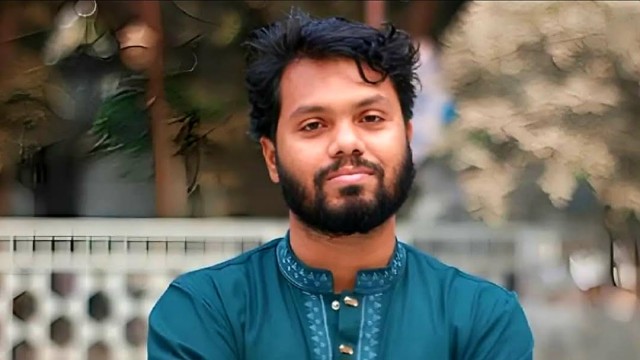
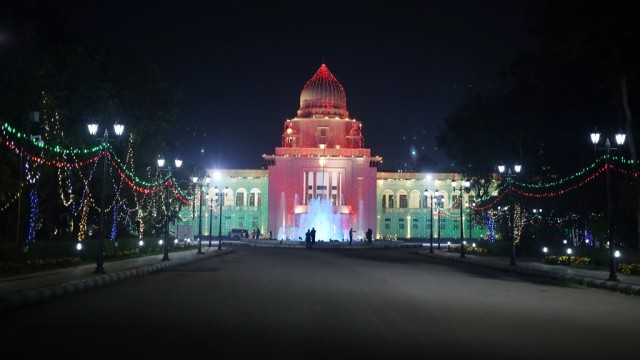
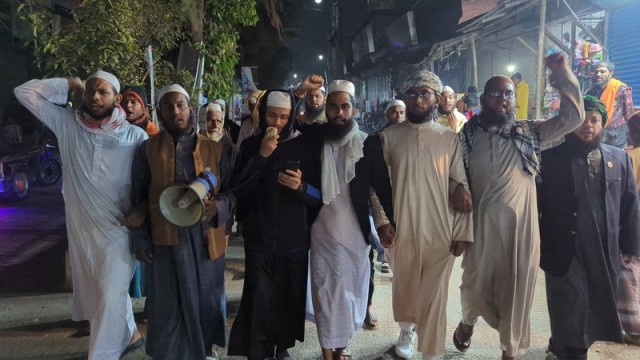

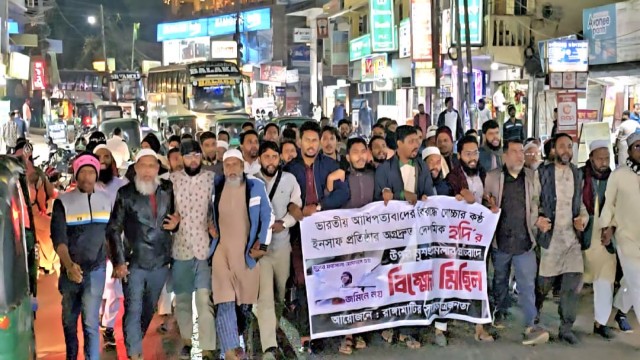
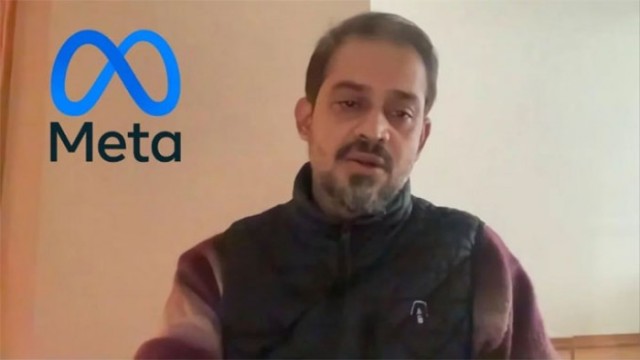
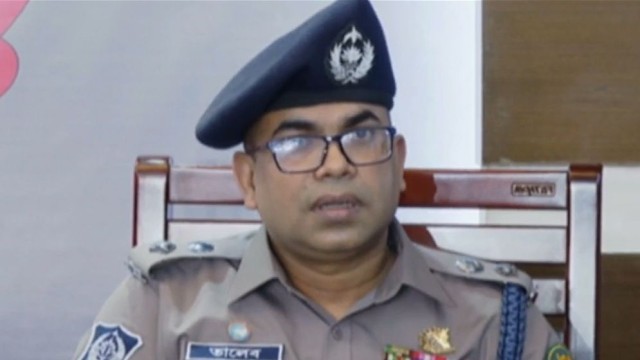
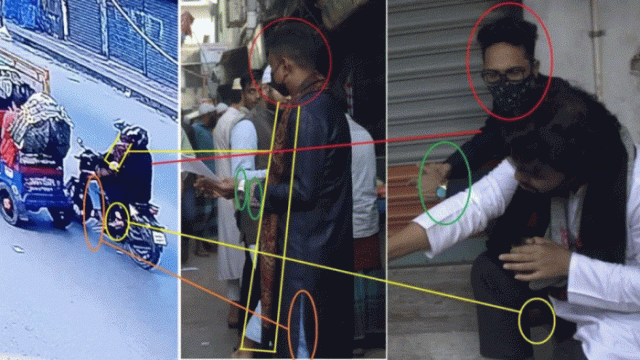
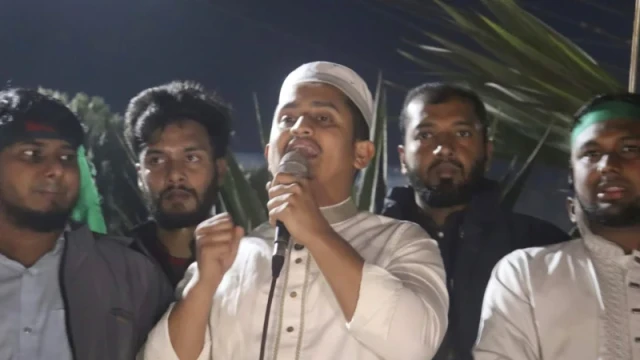
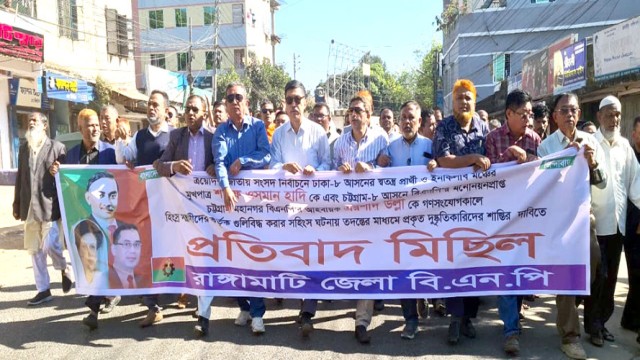
Comment: